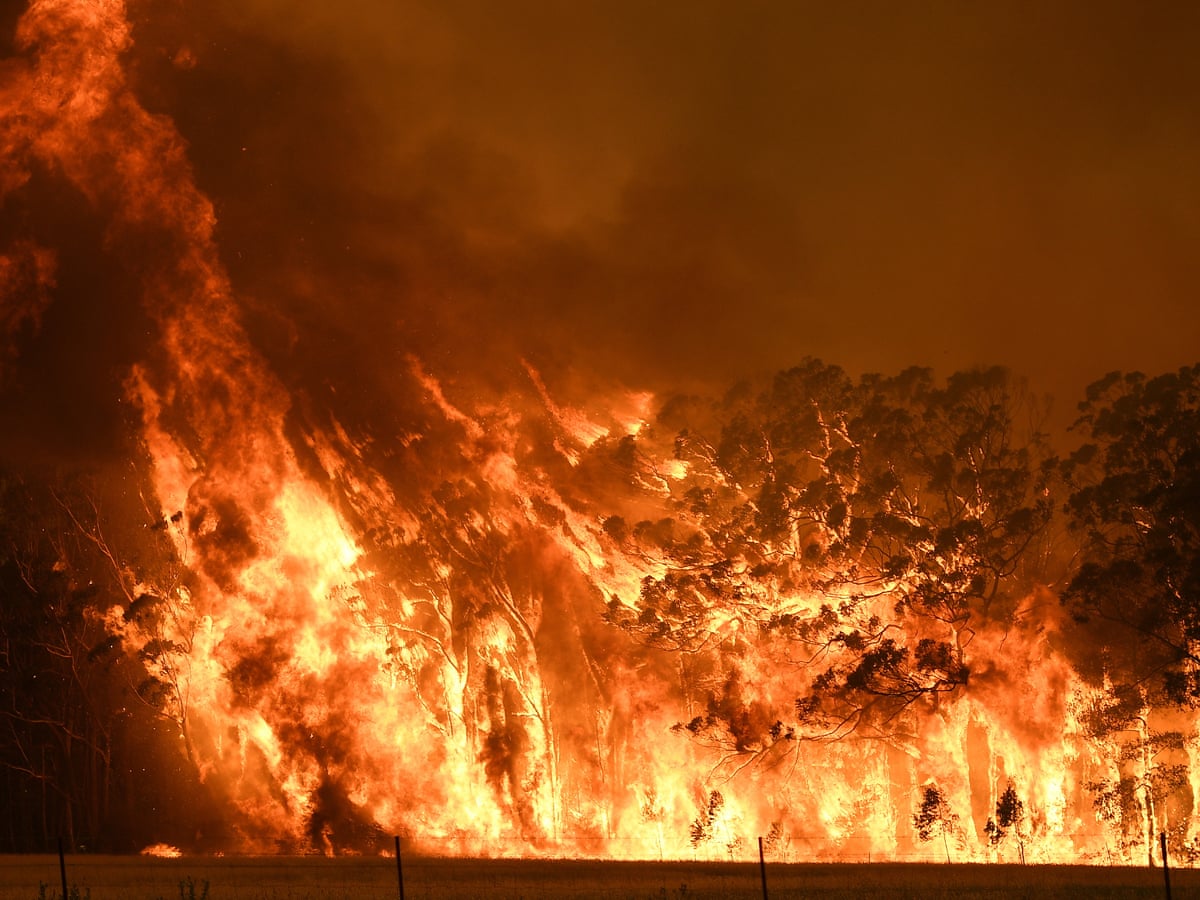Past Conformity: Enhancing Property Security with a Thorough BAL Report Evaluation
Past Conformity: Enhancing Property Security with a Thorough BAL Report Evaluation
Blog Article
Ensuring Bush Fire Protection Through Proper BAL Record Evaluation
In the world of bush fire security, the precise analysis of Bushfire Attack Degree (BAL) records stands as a foundation for protecting homes against the destructive influence of wildfires. With environmental factors and residential or commercial property characteristics playing substantial functions in figuring out the level of threat, a complete understanding of BAL scores becomes essential. The actual essence exists not just in understanding these reports yet in understanding them effectively to create tailored fire defense techniques. By diving into the relevance of BAL report evaluation, we uncover a world where informed choices lead the path in the direction of reinforcing building security and strength in fire-prone regions.
Comprehending Bushfire Strike Degree (BAL)
In the world of bushfire security, understanding the Bushfire Strike Degree (BAL) is paramount for making sure efficient mitigation strategies. Understanding the BAL ranking of a residential property is vital for building proprietors, builders, and policymakers to apply suitable steps to safeguard versus bushfire risks.

Value of BAL Record Analysis
An important aspect in bushfire protection preparation entails the complete evaluation of BAL reports to evaluate the potential threats and establish proper mitigation techniques. BAL records give vital info about the potential influence of bushfires on a building based on various variables such as plants type, range to prospective fire risks, and slope of the land. Examining these reports with accuracy is vital in developing reliable bushfire security measures customized to the particular threat profile of a residential or commercial property.
Implementing Fire Security Measures
Applying effective fire defense steps is crucial for securing residential or commercial properties in bushfire-prone locations. One of the key ways to boost fire protection is by producing defensible space around buildings. This entails clearing combustible vegetation, such as dry fallen leaves and branches, within a certain span of the residential or commercial property. Furthermore, mounting fire-resistant roof products can help in reducing the threat of cinders sparking the roof during a bushfire. Appropriately kept gutters and displays are also important to protect against debris accumulation that can sustain a fire.
Furthermore, having a well-maintained and ample water supply, such as a storage tank or swimming pool, can help firemans in their efforts to shield the residential property. BAL Report. Overall, applying a combination of these fire defense steps can dramatically enhance the opportunities of protecting properties during bushfire occasions.
Mitigating Risks in Fire-Prone Areas
To strengthen buildings versus bushfire hazards, a calculated emphasis on mitigating dangers in fire-prone locations is essential. One important facet of danger mitigation is preserving defensible space around homes by removing flammable vegetation, ensuring ample spacing in between structures and trees, and employing fireproof landscaping practices.
Furthermore, creating or retrofitting structures with fire-resistant products and making sure appropriate maintenance of roof coverings, rain gutters, and external cladding can significantly boost the residential property's durability to bushfires. Practicing a bushfire and creating emergency situation plan with all passengers, including discharge procedures and interaction methods, is also essential in mitigating dangers effectively. By embracing a proactive technique to risk reduction in fire-prone areas, homeowner can much better protect their properties and enhance general bushfire readiness.
Ensuring Home Safety and Durability
Guaranteeing the security and durability of residential properties in fire-prone locations needs a steadfast dedication to robust precautionary steps and strategic planning. Residential or commercial property safety you could look here begins with implementing effective actions to lower fire threats.
Strength, on the various other hand, includes the capability of a home to recover and hold up against from a bushfire. This can be boosted with the installation of ember guards on vents and home windows, guaranteeing that entry factors for ashes are reduced. Additionally, having a well-balanced emptying plan and exercising it on a regular basis can considerably increase property strength. Working together with next-door neighbors and regional fire authorities can also strengthen the security and resilience of buildings in fire-prone areas. By proactively addressing these elements, homeowner can better shield their assets and enjoyed ones from the risk of bushfires.
Verdict
In conclusion, making sure bushfire defense through appropriate BAL record analysis is important for recognizing the level of risk presented by look at these guys bushfires and applying necessary fire security procedures. By mitigating risks in fire-prone areas and making sure property safety and durability, people and areas can much better prepare for and reply to bushfire events. It is critical to prioritize fire precaution to protect lives and residential or commercial property in these risky environments.
In the realm of bush fire security, the precise analysis of Bushfire Assault Level (BAL) reports stands as a foundation for securing buildings versus the devastating impact of wildfires (BAL Report). Understanding the BAL rating of a property is essential for residential or commercial property policymakers, builders, and proprietors to carry out suitable steps to safeguard versus bushfire dangers

BAL reports supply critical information about the prospective effect of bushfires on a building based on various elements such as greenery type, range to prospective fire dangers, and incline of the land (BAL Report). On the whole, applying a mix of these fire protection measures can considerably enhance the possibilities of protecting residential properties throughout useful source bushfire occasions
Report this page